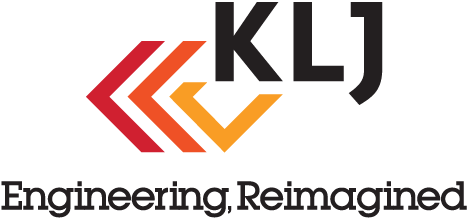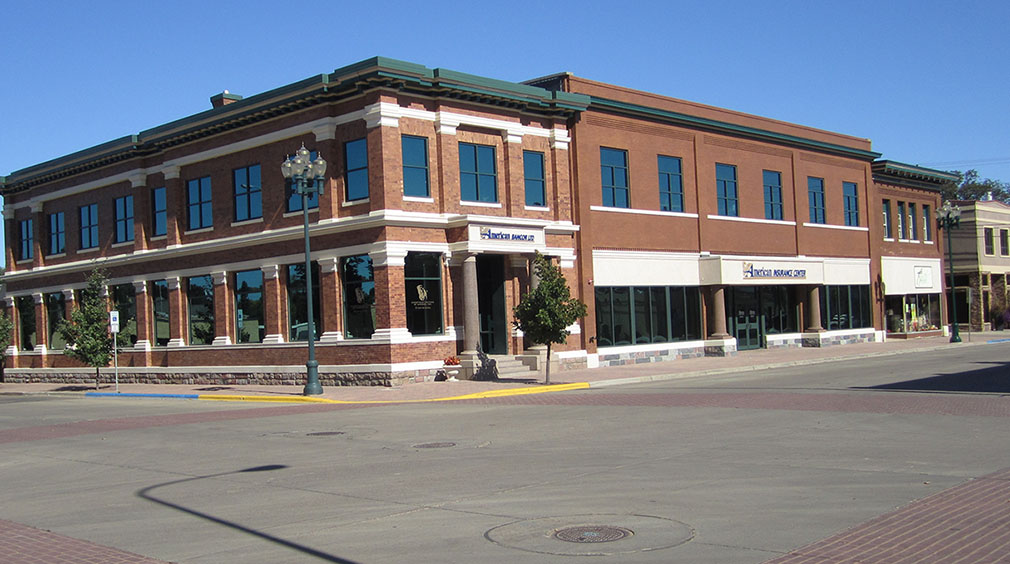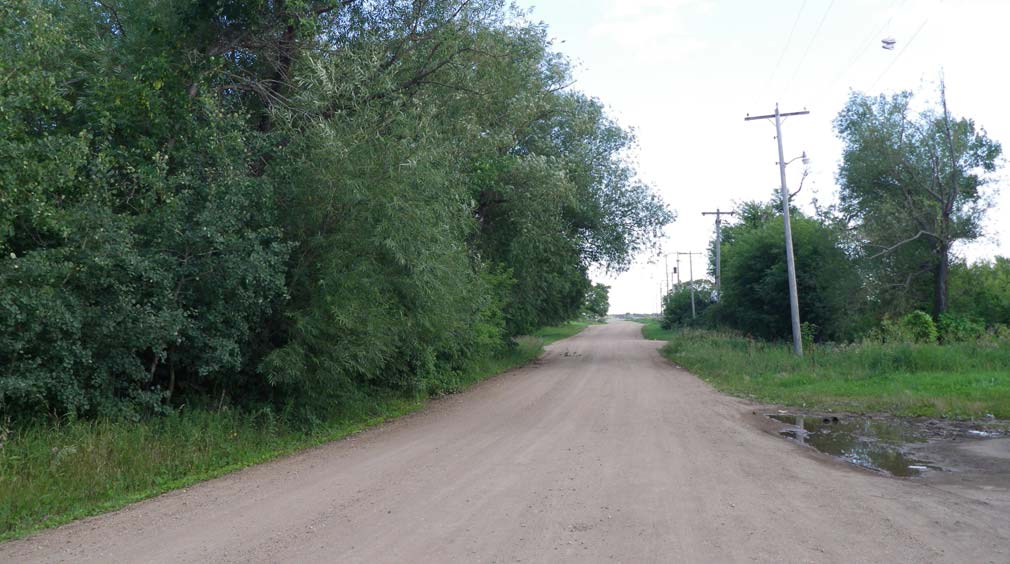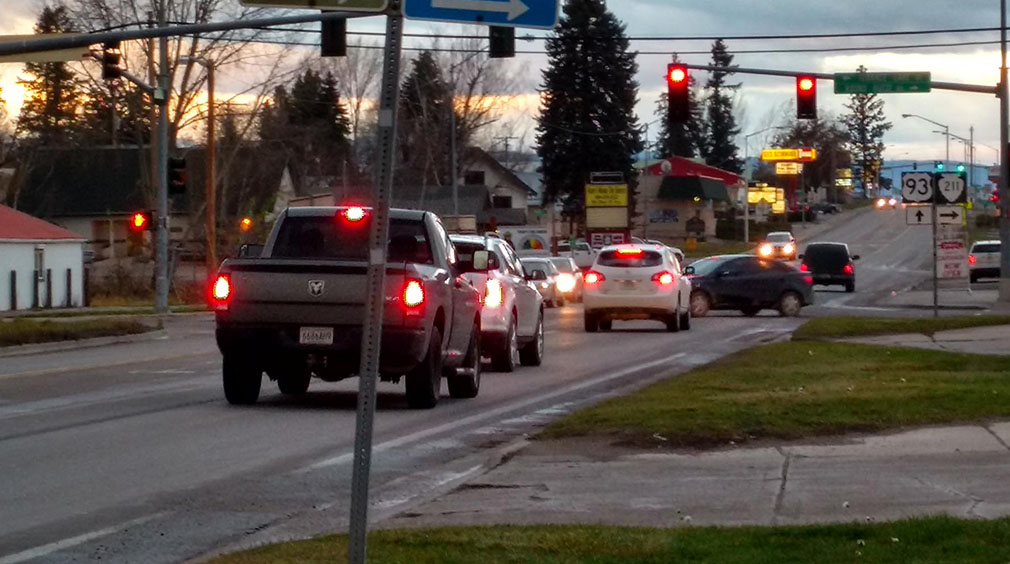Project
US Highway 85, dubbed the Theodore Roosevelt Expressway, is designated a High Priority Corridor by the US Congress and is part of a larger multi-state north-south corridor designated by the Ports to Plains Alliance. Due to its importance, it was critical that improvements be made to reduce congestion and enhance safety along the corridor.
Solution
KLJ worked with the Federal Highway Administration (FHWA) and the NDDOT to redesign a four-lane roadway along the 35-mile long segment of the US Highway 85 corridor from the west edge of Watford City to the junction of US 85 and US 2 west of Williston. A new four-lane, steel bridge was designed by our team to cross the Missouri River and accommodate the lane adjustments.
In addition, the NDDOT requested that our team convert an abandoned rest area into a weigh station site for the North Dakota Highway Patrol. Due to the space required for truck turning movements, all the existing infrastructure, including the wastewater lagoons, had to be removed. KLJ worked with the North Dakota Department of Health and the EPA to obtain the necessary tests and permits to fill the lagoons in. The final design included site layout, a static truck scale and foundation, new scale house with restroom facilities, a 50’ x 120’ inspection building, lighting, surveillance camera systems, and a weigh-in-motion system.
The full project included ground survey, wetland delineation, cultural resources investigation, development of a Categorical Exclusion (CATEX), biological assessments and an Environmental Assessment (EA), permitting, plan and specification preparation, and right-of-way acquisition. US Highway 85 is the largest transportation project awarded by the NDDOT to a consultant. Due to its size, it was split into five smaller segments.
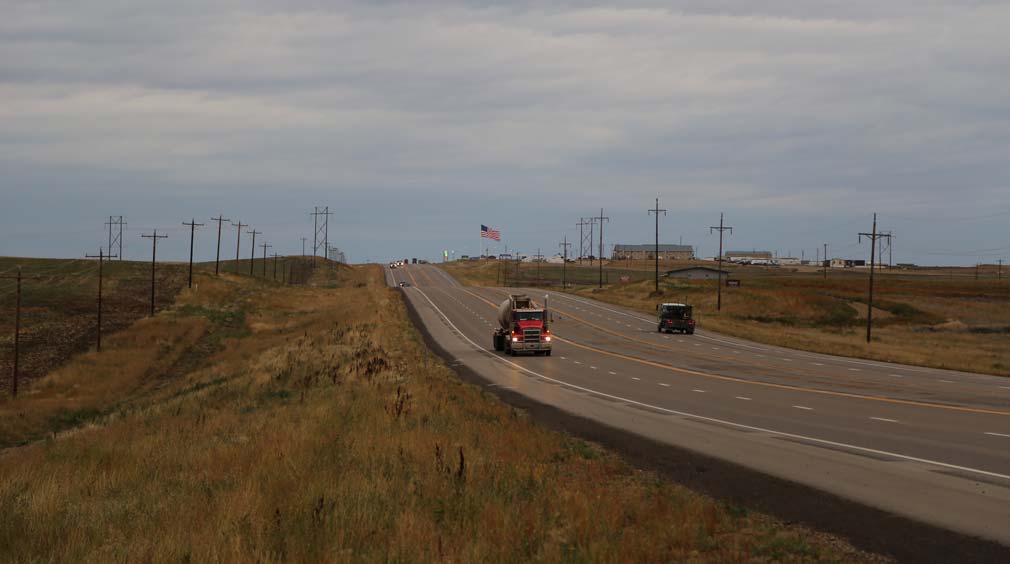
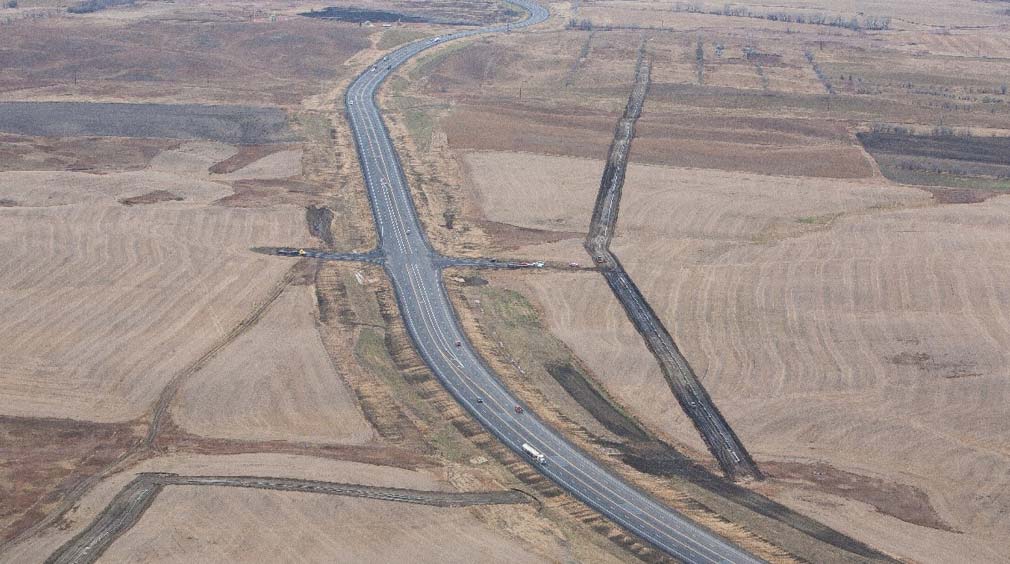
Results
KLJ completed the planning, survey, wetland delineations, environmental documentation and monitoring, right-of-way acquisition, and design in a compressed, three-year period. Our team also was in charge of the construction administration during the construction phase of the project.
With the previous bridge being rated functionally obsolete, in the past heavy loads had to be re-routed 80 miles around to another route. Now, in addition to being equipped to handle heavy traffic, the bridge is safer having four lanes, rather than two.
In addition, a wildlife fence is helping prevent accidents in the area, as well as protecting wildlife in the region including moose and deer.
The reconstruction of US Highway 85 reduces congestion and increases safety by allowing larger passing zones, continuous passing opportunities, and normalized driving speeds.
